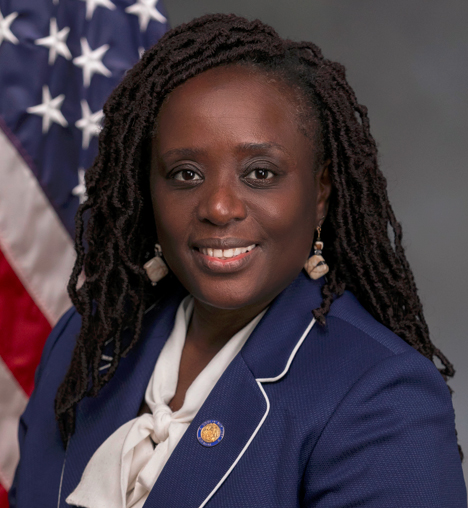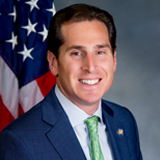|
Assembly Actions -
Lowercase Senate Actions - UPPERCASE |
|
|---|---|
| Jan 05, 2022 |
referred to health |
| Jan 08, 2021 |
referred to health |
Senate Bill S1278
2021-2022 Legislative Session
Sponsored By
(D, WF) 28th Senate District
Archive: Last Bill Status - In Senate Committee Health Committee
- Introduced
-
- In Committee Assembly
- In Committee Senate
-
- On Floor Calendar Assembly
- On Floor Calendar Senate
-
- Passed Assembly
- Passed Senate
- Delivered to Governor
- Signed By Governor
Actions
co-Sponsors
(D, WF) Senate District
(D) 30th Senate District
(D) Senate District
2021-S1278 (ACTIVE) - Details
2021-S1278 (ACTIVE) - Sponsor Memo
BILL NUMBER: S1278
SPONSOR: KRUEGER
TITLE OF BILL:
An act to amend the public health law, in relation to enacting the
tobacco product waste reduction act
PURPOSE:
The purpose of the bill is to ban the sale of single-use filters for
cigarettes, as well as single-use electronic cigarettes.
SUMMARY OF SPECIFIC PROVISIONS:
Section 1: Names the act the "Tobacco Product Waste Reduction Act."
Section 2: Legislative findings.
Section 3: Amends public health law to add new section 1399-mmm.
Establishes definitions. Prohibits sale of cigarettes utilizing a
2021-S1278 (ACTIVE) - Bill Text download pdf
S T A T E O F N E W Y O R K
________________________________________________________________________
1278
2021-2022 Regular Sessions
I N S E N A T E
January 8, 2021
___________
Introduced by Sens. KRUEGER, KAMINSKY -- read twice and ordered printed,
and when printed to be committed to the Committee on Health
AN ACT to amend the public health law, in relation to enacting the
tobacco product waste reduction act
THE PEOPLE OF THE STATE OF NEW YORK, REPRESENTED IN SENATE AND ASSEM-
BLY, DO ENACT AS FOLLOWS:
Section 1. This act shall be known and may be cited as the "tobacco
product waste reduction act".
§ 2. Legislative findings. The legislature finds and declares the
following:
1. The use of tobacco products causes death and disease and continues
to be an urgent public health challenge. The United States Department of
Health and Human Services and the New York State Department of Health
have reported the following:
a. Tobacco-related illness is the leading cause of preventable death
in the United States, accounting for about 480,000 deaths each year,
including 28,200 New York adults.
b. Annually in New York State, 10,600 youth become new daily smokers
and an estimated 280,000 New York youth now alive will die early from
smoking.
c. Tobacco use can cause chronic lung disease, diabetes, eye disease,
rheumatoid arthritis, coronary heart disease, stroke, ectopic pregnancy,
and infertility, in addition to leukemia and cancer of the lungs,
larynx, colon, liver, esophagus, pancreas, kidney, cervix, bladder,
stomach, and mouth.
d. Tobacco-related health care annually costs New Yorkers $10.4
billion, including $3.3 billion in Medicaid expenses.
2. Cigarette filters, also known as butts, do not improve the safety
or healthfulness of cigarettes or other tobacco products, and research
indicates that they likely increase the negative public health effects
of tobacco products.
EXPLANATION--Matter in ITALICS (underscored) is new; matter in brackets
[ ] is old law to be omitted.
Comments
Open Legislation is a forum for New York State legislation. All comments are subject to review and community moderation is encouraged.
Comments deemed off-topic, commercial, campaign-related, self-promotional; or that contain profanity, hate or toxic speech; or that link to sites outside of the nysenate.gov domain are not permitted, and will not be published. Attempts to intimidate and silence contributors or deliberately deceive the public, including excessive or extraneous posting/posts, or coordinated activity, are prohibited and may result in the temporary or permanent banning of the user. Comment moderation is generally performed Monday through Friday. By contributing or voting you agree to the Terms of Participation and verify you are over 13.
Create an account. An account allows you to sign petitions with a single click, officially support or oppose key legislation, and follow issues, committees, and bills that matter to you. When you create an account, you agree to this platform's terms of participation.



